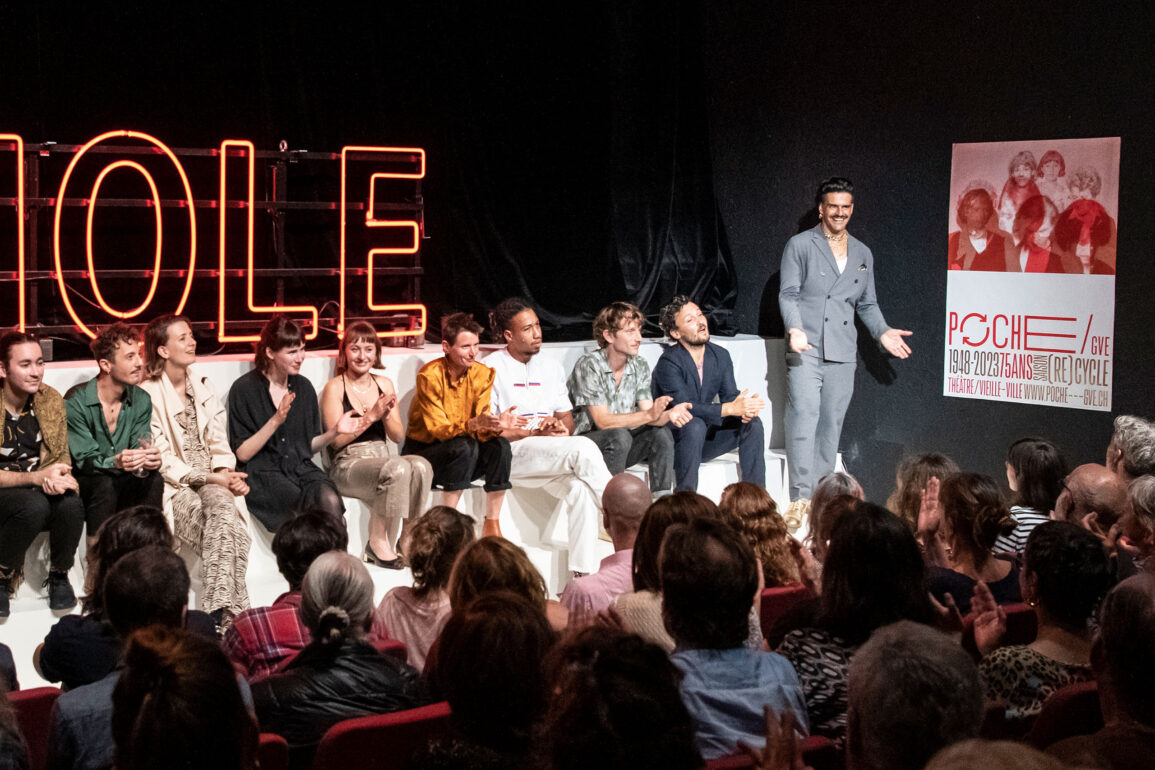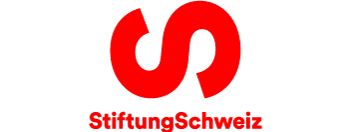The curtain rises, and the stars are centre stage in the spotlight. They are showered with applause and publicity. The pecking order is very clear. Eccentric artists make headlines and reinforce the idea that artistic licence legitimises and excuses a multitude of sins. Traditionally, hierarchical structures with processes that have sometimes remained unchanged for decades make the theatrical world appear a rigid working environment – yet thanks to its magnetic appeal, it will never be short of staff who are prepared to sacrifice everything to make their dreams a reality. Creative environments should be the perfect place to trial new models of working that take account of contemporary developments and values. Cultural institutions need to step up to the mark so that inclusion, gender equality and sustainability are not just subjects that are given lip service on the stage. To be credible, the institution needs to make them part of its self-image. Numerous cultural bodies are showing how this can work. Some have a long tradition in this area.
Traditionally revolutionary
Théâtre de Poche in Geneva has a long tradition of following its own path. It has served as a revolutionary counterfoil to the city’s mainstream theatres for over 75 years. Right at the outset, it was a woman who stood at the helm – which is a statement in itself. Fabienne Faby was the first artistic director of the little theatre in Geneva. Under her leadership, the Poche blazed an independent trail. While the other theatres in town staged familiar classics and successful shows from Paris, the Poche focused on contemporary texts and was built around a locally based ensemble cast.
The result is an approach that the Poche refers to as fabrique de théâtre. Today the theatre, which is run by the Fondation d’art dramatique de Genève, interprets this idea of the factory in its collaborative approach to artistic creation. Everyone is involved: the audience, the technicians and the administrative staff. ‘By the time the season gets underway, everyone here knows the plays,’ explains Mathieu Bertholet, artistic director of the Poche.
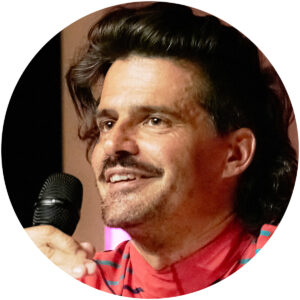
One of the advantages of the small company is that lines of communication are short and people frequently run into one another. Nevertheless, people need to be conceptually willing to turn working in parallel into working collectively. And despite the fact that a lot of ideas are worked out in collaborative processes, Mathieu Bertholet emphasises the importance of everyone having a role that deserves respect. A technician is not a director and very few audience members will be talented actors, but that should not diminish the value of collaboration. On the contrary – accepting everyone’s individual role is an expression of appreciation. ‘It underlines what a challenge it is to be a good actor or the skills you need to be a technician,’ he explains. ‘Pretending that everyone can do everything devalues each of our individual abilities.’ The system is open, but each position is different. Every single person brings different competencies to the table. The point is to use them.
Diversity with risk
Involving so many viewpoints can make collaborative ways of working diverse and open-ended if you are prepared to discard the regulative aspects that a strict hierarchy brings. Instead of being led by titles and roles, the decision-making process is guided by the quality of the input. But this way of working is demanding.

Even unsound hierarchies give a sense of security. That is why clarity is needed when it comes to processes, responsibilities and communication. It is important to find it within the collaboration so that the approach is not undermined. ‘For me, this clarity is often missing,’ Nicolette Kretz maintains. The director of the auawirleben Theaterfestival Bern adds, ‘You end up with informal hierarchies that can be very unpleasant.
For me there is nothing worse than when individuals weasel their way into seizing control of a democratically organised collective.’ And because informal hierarchies do not officially exist, it is more difficult to stand up to them. This makes the collaborative approach challenging. Clarity and commitment are needed. Nicolette Kretz states, ‘Everyone’s always calling for new structures in culture, but if structures that look great on paper are implemented by the wrong people, they’re no longer so great.’
The auawirleben Theaterfestival was founded in 1982. It has been run by a nonprofit association since 1998. In 2020, the auawirleben team drew up a manifesto. It sets out what auawirleben expects in its collaboration and defines shared values such as diversity and inclusion. These were already practised by the team. ‘Perhaps not all that consistently,’ Nicolette Kretz admits. But the value of the manifesto primarily lies in the message it sends to the outside world. Anyone who comes into contact with the theatre festival knows what they are committing to. Because the manifesto includes both guest artists and the audience.
Open-outcome working
When a manifesto sets out standards or guidelines for artistic collaboration, critics like to complain of a curbing of artistic freedom. But this type of objection is usually just an excuse to proclaim something impossible. As Mathias Bremgartner of m2act points out, parameters of this kind exist everywhere. The exciting part is finding and using the artistic freedom within them. m2act, the Migros Culture Percentage’s funding and networking project for performing arts, campaigns for structural change and fair, ecologically sustainable practices.
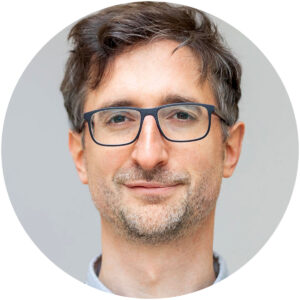
There are two key areas here. m2act aims to make an impact behind the scenes, seeking new approaches to working processes and background organisation. The hope is to break away from traditional rehearsal schedules with their rigid time frames. As in other fields of work, for example, solutions are being sought to ensure art is compatible with care responsibilities. This extends to administrative staff. Mathias Bremgartner points to the holocratic structures he is familiar with from the Belgian and Dutch theatre world.
Administrative and artistic staff are seated at the same table from the outset and develop the programme together. As a result, administrative staff are not permanently saddled with the role of being the killjoy. Instead, the artistic and administrative teams work together to see what is possible. In addition, the creative process needs to become more open, with more external input. ‘In the spirit of a creative process, artists are inspired by the expertise of others to experiment with new formats for their art,’ Mathias Bremgartner explains. How is it possible to develop a new project with this open-outcome approach? ‘We have seen that collaboration between different areas can produce very exciting results,’ he states. He is not talking here about an expert who is brought in to help develop a play. Instead, the collaboration needs to begin at an earlier stage. The collaborative work starts with a question. The end result may be a play but could also be a different kind of project or product that can be shown to an audience. It is perfectly possible, explains Mathias Bremgartner, for the inspiration to come from the expert rather than the theatre professional.
Integrative approaches take time
The Poche works with the audience to develop its programme – the theatre has just announced the Saison ÉC(H)O for this autumn. The process is laborious and begins over one and a half years before the first curtain rises. A committee made up of representatives of the theatre and the audience reads the texts. Each committee member chooses the texts that interest them most from a pool of around 200. Texts that are chosen by at least two people remain in the running. ‘Selection isn’t based on a process of elimination,’ Mathieu Bertholet explains. On the contrary – if someone likes a text, it is up to them to convince others to read it too. The more readers who are convinced by a text, the longer it remains in the running. Everyone reads the final 20 texts. They are used to put together the programme. ‘We’ve been using this committee approach for nine years and we’ve tried out different formats during that time,’ Mathieu Bertholet comments. ‘We liked this selection format because it’s positive.’ It also shows how much time needs to be invested.
Danger of self-exploitation
New forms of working hold a risk of overloaded schedules. The cultural sector is particularly susceptible here. It is characterised by inner motivation for the work and a huge personal investment, creating a latent risk of self-exploitation. As a result, auawirleben has revised its manifesto. ‘There’s no denying the manifesto has made more work for us,’ Nicolette Kretz comments.
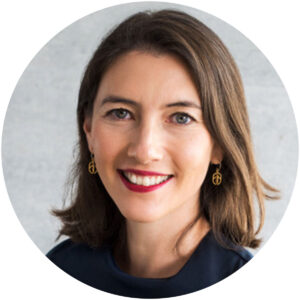
The team therefore added the clause about self-exploitation because this threatened the implementation of the manifesto. The new forms of working are also very time-consuming in their own right. Collaboration takes time. Fatiah Bürkner, managing director of the Max Kohler Stiftung, was aware of this when the foundation launched project ami – Art + Museums Interacting – in collaboration with the US game design studio FableVision Studios. Managing the project added extra hours to Fatiah Bürkner’s schedule. She specifically looked for project participants who enjoyed experimenting with scalable formats.
Because experience has shown that in the arts sector one thing that is always in short supply is time: an exhibition is barely over before the next production needs to be ready to go. The museums taking part in project ami are trying out new game-based forms of art education and a different way of working in the museum.
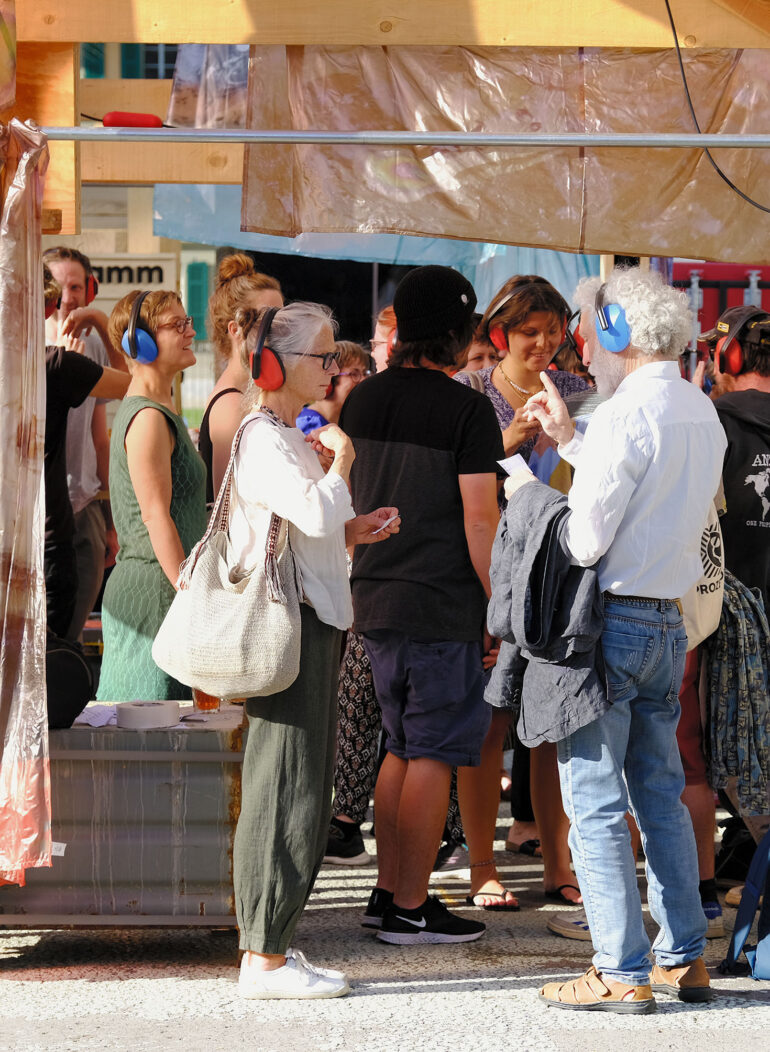
The auawirleben Theaterfestival Bern has enshrined its collaborative values in a manifesto, one which includes guest artists as well as the audience.
Perfect too soon
One problem with the lack of time is striving for perfection too early. Art education projects sometimes fail to reach as many people as hoped, Fatiah Bürkner states. Ami aims to change this. The participating museums in Switzerland – the Rietberg, Fondation Beyeler and Creaviva at the Zentrum Paul Klee – along with the guest museum, the San Francisco Museum of Modern Art, are working with rapid prototyping and developing projects in an iterative process that involves the target group at an early stage. The first year of the three-year project has seen one museum a month develop a prototype and share it with the others. ‘Peer-to-peer exchange is a central element of the project,’ Fatiah Bürkner explains. Under the motto ‘embolden – connect – empower’, the focus is on exploring and discussing the methods rather than on actual implementation. And the project has another change in its sights: collaboration in-house. The aim is to integrate other areas within the museum, for example social media editors or representatives from curation or exhibition architecture. Working together, they develop new approaches, take on board different perspectives and learn more about the networks they can tap into in-house. ‘Even if we are already familiar with some of the methods, it is primarily about questioning conventional patterns of thinking among friends – the amis,’ Fatiah Bürkner comments.
Stepping into schools
Dancing Classrooms is designed to encourage movement and integration through the medium of dance. The programme visits schools in order to realise its mission. Through dance, the aim is to inspire learning and engagement and strengthen collaboration in the classroom: existing teaching methods are expanded to include dance. In 2010, director Susanne Schnorf brought the idea to German-speaking Switzerland from the US, and the following year the nonprofit association Verein Dancing Classrooms Schweiz was founded. ‘In schools with a high proportion of children whose first language is not German, it is particularly important to show that dance is a language in its own right and that linguistic difficulties are not a barrier,’ Susanne Schnorf explains.
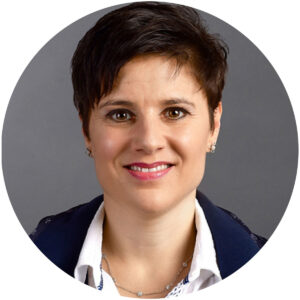
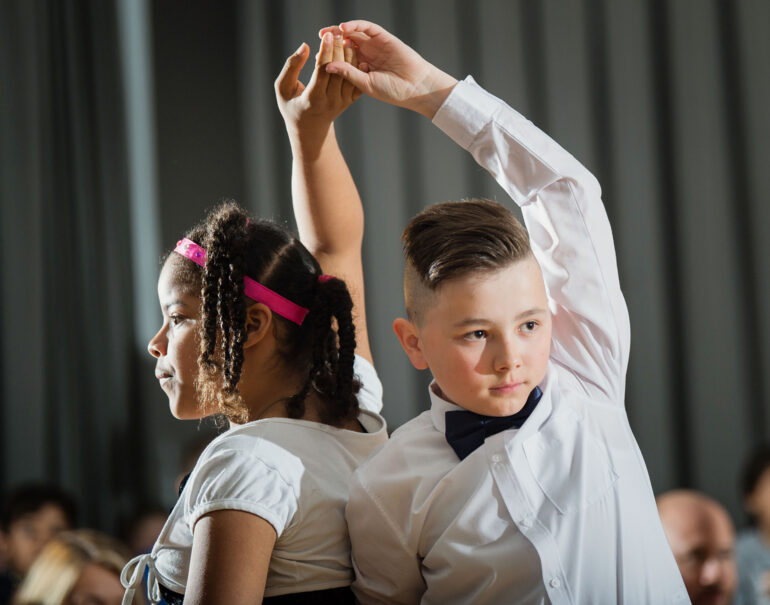
Classroom inspiration: Dancing Classrooms wants to take dance into schools to get children moving and help with integration.
‘We often see children with a poor school record excel at dancing, which can boost their self esteem. In our experience, every child can dance.’ Dance forms a basis for a different form of collaborative development. The programme is integrated into the standard curriculum. The class teachers also take part. This strengthens team skills and social confidence. All students take part in the same programme and work towards the same goal – the party at the end. The behaviour of each individual has a huge impact on the sense of community. ‘Our dance programme isn’t about leading and being led. It’s about harmonising in twos or as a group,’ Susanne Schnorf explains. ‘We place a lot of emphasis on respect and support for one another.’

